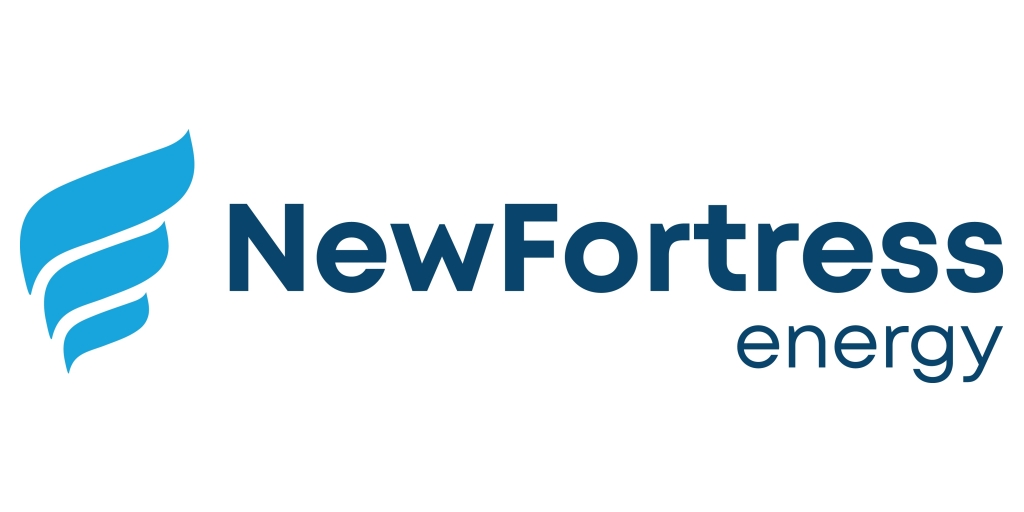
There is a bumper sticker that says, “What if our schools had all the money they need to educate our children but the military had to hold a bake sale to buy new weapons?” The Steelton–Highspire School District near Harrisburg, Pennsylvania, has been struggling with budget challenges for years. Recently, it installed 3500 solar panels that provide all the electricity needed to power its three buildings — an elementary school, a high school, and an administrative office. This should help.
The solar farm sits atop an old landfill and supplies the district with about 1.7 MW of power. Over the course of a 20-year power purchase agreement with a local solar developer, the district expects to save $1.6 million, money that can be used to pay teachers and upgrade its buildings.
Superintendent Mike Iskric tells Pennsylvania Capital-Star, “All that savings, what we’re trying to do is get more funding to offset our expenses and get more programming for students. The more money I save, the more support I can get directly into the classroom.”
The Pennsylvania Legislature is currently considering House Bill 1032, which would create a Solar for Schools grant program to help school districts build large-scale solar arrays to power public K-12, community college, and career technical school facilities. Currently, less than 2% of Pennsylvania’s nearly 7,000 schools are powered by solar energy, according to a report by Generation 180, a nonprofit clean energy advocacy group.
The rest of the schools in the state get their electricity from the regional grid, which is powered primarily by a mix of coal, gas, and nuclear. Less than 1% of electricity in Pennsylvania comes from solar resources. Generation 180 estimates that if all K-12 schools in the commonwealth installed “average-sized” solar, they would eliminate carbon emissions equal to 4 methane gas generating stations.
Representative Elizabeth Fiedler, a progressive Democrat from Philadelphia, is the primary sponsor of the Solar For Schools legislation. She says it would represent a “win-win-win-win-win” for the state. It would help move Pennsylvania’s clean energy transition forward, create new jobs in the solar industry, lower the utility costs that schools have to pay, generate revenue for infrastructure upgrades, eliminate the need for Pennsylvania cities and towns to raise taxes to fund schools, and facilitate the creation of educational programming on renewable energy for students. “I think it’s a good piece of legislation,” Fiedler told Capital & Main in an interview. “And I think it’s something that a lot of people can get behind.”
Other states have similar programs that have proven successful. In 2021, the Minnesota Legislature passed a bill that allocated $16 million for solar projects at K-12 schools and $5 million for community colleges. The program got 122 applications from schools throughout the state. “Demand for Solar for Schools grants has already exceeded the funds available,” according to the Minnesota Department of Commerce website.
Getting To Yes On Solar For Schools
In Pennsylvania, the Solar for Schools proposal is already showing promise of becoming just as popular, while forging a new political pathway for clean energy policy that might otherwise get passed up in the second-largest methane-gas-producing state in the country. Until now, clean energy has not been a priority in the Pennsylvania legislature.
Fiedler, who chairs the Progressive Caucus in the state legislature, described the efforts she and her staff made to get bipartisan support for the Solar For Schools program, a process she says was “really fun and really rewarding. Bringing in stakeholders who aren’t always at the table together, who aren’t always on the same side of an issues — we did a ton of work behind the scenes before this was ever a reality, just to talk to people.”
She has received support from environmental and educational groups such as the Sierra Club, PennFuture, PennEnvironment, the Sunrise Movement, and the Pennsylvania School Boards Association as well as from the Pennsylvania AFL-CIO, the American Federation of Teachers-Pennsylvania, and IBEW-Mid Atlantic. “Reaping more benefits from solar is a smart thing to do,” she said. “It’s a smart thing to do financially, it’s a smart thing to do environmentally, and I think it’s something that many people, including people who disagree about other things, agree on, even if they may not agree 100% about some other pieces of energy policy.”
“This sounds like a great opportunity. I can think of a number of school districts that could already do this,” said Rep. Jim Marshall, of Beaver County, the ranking Republican on the House Consumer Protection, Technology & Utilities committee.
An important victory for Fiedler was getting the Pennsylvania Building and Construction Trades Council to support the bill. In the past, the organization and its member unions have testified in support of natural gas projects and against carbon caps. Building Trades President Robert Bair testified in favor of the bill in May.
Bair told the committee he had a vision: “A megawatt for every school district in Pennsylvania. We can move most of our schools to net zero. Imagine the savings over 30 years. We have an opportunity to get our students in front of green energy, they can have access to watching the building trades install it, we can create family-sustaining jobs.”

Solar & The Future
Bair’s vision is similar to one that Mike Iskric has for his district. Iskric sees electric school buses that shuttle students to and from school and a football field illuminated by solar-powered lights. But there’s more. He envisions prospective homeowners flocking to the area to take advantage of credits on their utility bills for investing in local community solar. But the big payoff is that Steelton–Highspire students will enroll in apprenticeship programs that will train them for employment opportunities in the renewable energy industry. “You realize you’re sparking interest,” Iskric says of his students, who see the arrays installed and maintained up close. “That’s what we’re all about here, exposing kids to experiences, providing opportunities for their futures.”
Iskric is glad Steelton–Highspire made the switch to solar when it did. But without the funds to build solar arrays of their own, the district was forced to do so via an arrangement called a power purchase agreement (PPA), in which a third-party developer negotiates the design, permitting, financing, and installation of arrays in exchange for space that the customer gives them. The developer owns the assets — the actual solar panels — and the customer buys energy from them at a pre-set price for a set number of years.
This model works for cash-strapped school districts that can’t manage the financing of their own arrays. But a direct ownership model, in which the school district pays a developer to install arrays but owns and operates them thereafter, can generate hundreds of thousands more dollars in savings for schools, which are not beholden to a rate set by a third party, Iskric says.
Something else has changed since 2019. When the Inflation Reduction Act was signed into law last August, it extended the existing Investment Tax Credit and Production Tax Credit for renewable energy generation. These credits cover 30% of the funds an energy producer spends to install solar either upfront, in the case of the ITC, or upon production by the kilowatt-hour, in the case of the PTC. Previously, schools and other nonprofits were ineligible for renewable energy tax credits because they do not pay taxes. But now the IRA includes a “direct pay” option for tax-exempt entities which pays the value of the credits directly to them
The IRA also provides for an additional 20% credit to schools that are either located in low-income communities or “energy communities,” where the economy was once based around fossil fuels. Two-thirds of Pennsylvania schools fall into at least one of these categories, according to Shannon Crooker, Pennsylvania state director of Generation 180. In total, schools could see up to 50% of the cost of installing solar arrays covered by the federal government, with the balance being paid for by the Solar For Schools program.
The Takeaway
There are several reasons to celebrate the Solar For Schools program. Every school district struggles to find the money it needs to educate its students. Lowering utility bills means more money for education. The other lesson here is that politicians can still forge alliances across party lines in a nation were most legislators spend far more time shouting past each other than listening to what others have to say. If we want to get things done in America, we have to learn to talk to each other. That may be the most important lesson of all.
Featured image courtesy of University of North Carolina School of Government
I don’t like paywalls. You don’t like paywalls. Who likes paywalls? Here at CleanTechnica, we implemented a limited paywall for a while, but it always felt wrong — and it was always tough to decide what we should put behind there. In theory, your most exclusive and best content goes behind a paywall. But then fewer people read it! We just don’t like paywalls, and so we’ve decided to ditch ours. Unfortunately, the media business is still a tough, cut-throat business with tiny margins. It’s a never-ending Olympic challenge to stay above water or even perhaps — gasp — grow. So …



